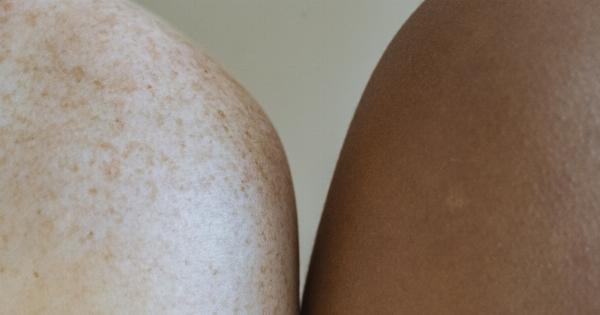Ancient civilizations had their own methods and secrets for hair removal, some of which are still in practice today.
Exploring the rituals and techniques of hair removal in ancient times can not only provide us with a fascinating insight into their beauty practices but also teach us valuable lessons about the evolution of beauty standards and cultural traditions. In this article, we will uncover the secrets of ancient hair removal and delve into the various methods used by our ancestors.
The Ancient Egyptians: Sugaring and Tweezing
The Ancient Egyptians were pioneers in the world of beauty and grooming. They valued smooth and hair-free skin and employed various methods to achieve this.
One of their most popular techniques was sugaring, which involved applying a paste made from a mixture of sugar, honey, and lemon to the skin. This method is reminiscent of modern-day waxing, as it effectively removes hair from the root.
In addition to sugaring, tweezing was another common practice among the Ancient Egyptians. They used seashells as makeshift tweezers to pluck out unwanted hair, a method that is still widely used today.
Ancient Greece and Rome: Razors and Pumice Stones
In Ancient Greece and Rome, hair removal was not limited to women. Both men and women used various techniques to maintain hair-free skin. Razors made from sharpened shells, flint, or bronze were commonly used by both genders.
These razors were often incredibly sharp and allowed for precise hair removal.
Another interesting method employed by the Ancient Greeks and Romans was the use of pumice stones. They would rub these stones against their skin in order to exfoliate and remove unwanted hair.
This method provided a temporary solution, as the hairs would grow back over time.
Medieval Times: Herbal Mixtures and Abrasive Powders
In the Medieval period, hair removal practices varied greatly depending on social status and gender. Women of higher social standing were expected to have limited body hair, and thus employed various methods to achieve this standard.
One common technique involved the use of herbal mixtures applied to the skin. These mixtures often contained ingredients such as arsenic or quicklime, which were believed to inhibit hair growth.
However, these mixtures were highly toxic and often resulted in skin damage.
Men in the Medieval period often opted for shaving using sharp knives or even tweezing. Abrasive powders made from materials such as stone or brick were also used to remove hair by friction, although this method was likely quite uncomfortable.
Eastern Beauty Traditions: Threading and Filleting
In the Eastern part of the world, hair removal methods differed from those in the West. One popular technique in regions such as India and the Middle East is threading. This method involves using a twisted thread to remove hair from the root.
Threading allows for precise shaping of the eyebrows and is still widely practiced today.
Another interesting practice is filleting, which was commonly used by women in the Ottoman Empire. Women would create a mixture of sugar, water, and lemon juice and heat it on low heat until it thickened.
They would then spread this mixture on a piece of cloth and press it firmly against their skin, allowing the hair to stick to the cloth and be removed.
The Renaissance: The Rise of Depilatory Creams
During the Renaissance, it became fashionable for women in Europe to have a hairless appearance.
This led to the development of various depilatory creams, which were applied to the skin and left on for a short period before being wiped off along with the unwanted hair.
These creams often contained caustic substances such as arsenic, quicklime, or even cat dung. While these ingredients were highly effective at removing hair, they also caused a significant amount of skin damage.
Modern Techniques and Future Trends
As time progressed and advancements in technology and science occurred, hair removal methods became more sophisticated and less damaging to the skin.
Modern techniques include waxing, laser hair removal, electrolysis, and shaving. These methods have been refined to minimize pain and provide longer-lasting results.
Laser hair removal, in particular, has gained popularity in recent years due to its effectiveness in permanently reducing hair growth.
Looking towards the future, researchers are exploring innovative techniques such as gene therapy to target and inhibit hair follicles, offering a potential long-term hair removal solution.
Conclusion
The secrets of ancient hair removal are a testament to the ingenuity of our ancestors.
From the sugaring techniques of the Ancient Egyptians to the pumice stones used in Ancient Greece and Rome, these methods have shaped our modern beauty routines and continue to influence the way we approach hair removal.
As we uncover these ancient secrets, it is important to acknowledge the progress made in the field of hair removal. While our ancestors relied on often dangerous and damaging techniques, we now have access to safer and more effective methods.
From ancient rituals to cutting-edge technology, the quest for smooth, hair-free skin continues to evolve, leaving us with an array of options to choose from.
























